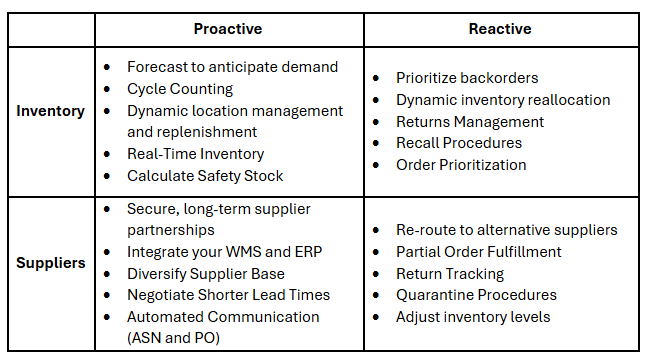In the spirit of Opening Day, it's a perfect time to think about how teams in both baseball and supply chain navigate uncertainty. Much like a baseball team has a playbook to adjust to different scenarios, a supply chain has its own strategy for adapting to unpredictable variables. Just as a baseball team must decide when to swing for the fences and when to play it safe, supply chain professionals must rely on a set of proactive and reactive strategies to respond to unforeseen challenges.
In the world of supply chain, there are key levers — or “plays” — that can help you adjust quickly to changes in the game. These levers help teams remain resilient no matter what curveballs come their way. Let’s take a deeper dive into how these strategies work, using baseball as our guide.




